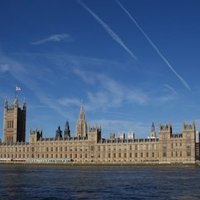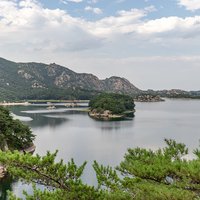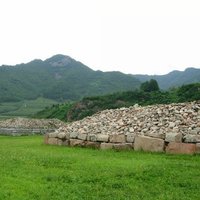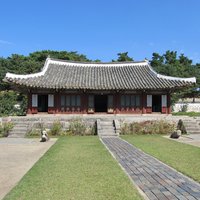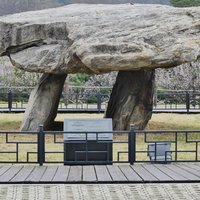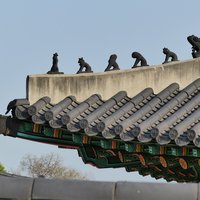Connected Sites
-
During his final visit to Seoul in 1949, Homer Hulbert proclaimed, "I would rather be buried in Korea than in Westminster Abbey." Seven days after arriving in Seoul Hulbert passed away. His last wishes were carried out and his grave can still be seen in Seoul today. Homer Hulbert remains a revered figure in Korea.
-
"The most famous monasteries in Korea are those in Diamond Mountain, a cluster of peaks near the central eastern part of the peninsula. They are celebrated even in China, and thousands of pilgrims have sought for merit by dragging their weary limbs all the way to this holy place. Several flourishing monasteries are passed on the way up the steep valley, for here, if nowhere else, Buddhism seems to have some show of vitality left." "The Passing of Korea" pg. 292-293
-
Royal Tombs of the Joseon Dynasty - "In the case of very wealthy men or of princes, the grave site will be ornamented with stone figures of men and animals, arranged on either side and facing each other." - The Passing of Korea (1905) Pg 455
-
"Manchuria is full of Korean graves, and for many centuries the power of Chosun was felt in this region." - The Passing of Korea (1905) pg 73
-
"Just outside the wall of Songdo (Kaesong), the ancient capital of Koryu (Goryeo), is shown a small stone bridge in which the loyal Chong Mong-ju was slain. He was faithful to the closing dynasty, and had to be put out of the way before the new one could be firmly established. On the central stone of this bridge is seen today a great brown blotch, which turns to a dull red in the rain, and the Koreans affirm it is the blood of that loyal man." - Homer Hulbert - "The Passing of Korea" pg. 292
-
"Near this ancient town we find a numerous cluster of huge mounds, each the maosoleum of King of Silla. Another relic of that civilization is an ancient stone tower some twenty feet high, shaped like a monster bottle. This was the astronomical observatory of ancient Silla." - The Passing of Korea (1905) pg 290-291
-
"I incline strongly to the opinion that they are very ancient graves, in spite of the fact that no bones are found. These dolmens are much more ancient than any Koryu grave." - The Passing of Korea (1905) pg. 295
-
"The 6th of June (1895) witnessed a great celebration in Seoul which has gone down in history as Independence Day A fete was held in the Old Palace (Changdeokgung) which exceeded in brilliancy any similar demonstration since the opening of Korea to foreign relations." A photograph captioned "A picturesque nook in the Old Palace" is included on the adjacent page. - The Passing of Korea by Homer Hulbert (pg. 132)

